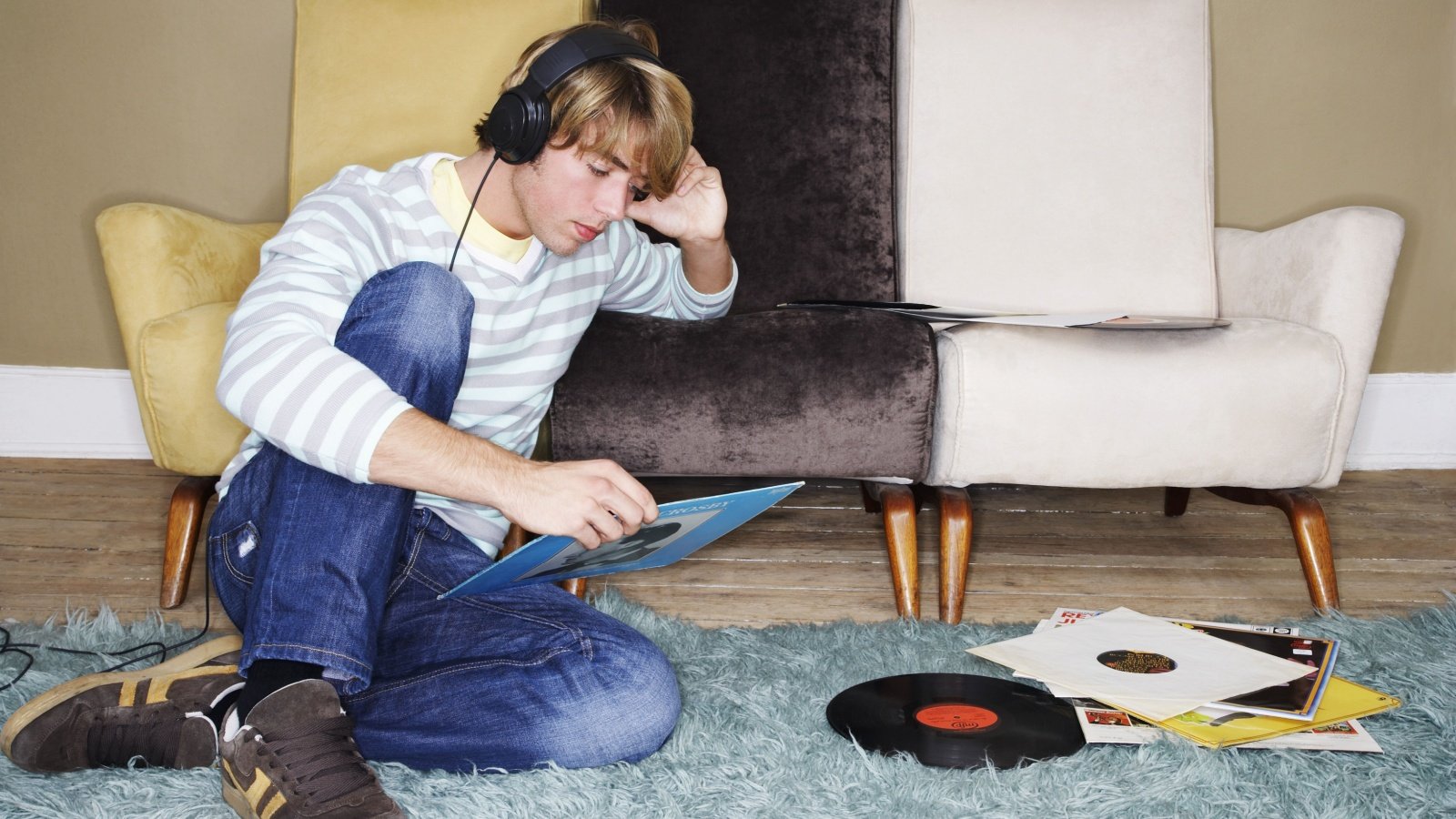Whatever happened to tracing physical road maps and reading the TV Guide? As technology zips ahead, boomers cherish memories of the good old days when life was simpler. Experiences from the baby boomer era are vastly different from what Gen Z knows today. Let’s look back at quintessential boomer experiences that younger generations can’t relate to.
Physical Maps

Before GPS and smartphones, boomers relied on physical maps for navigation. These often unwieldy guides required real skill to interpret, turning every road trip into a mini adventure. The ritual of unfolding a map across the car hood was both a challenge and a bonding activity.
TV Programming

In the boomer era, watching a TV show meant being in front of the television at a specific time. This created communal moments where families gathered to watch live events and season finales together. Missing an episode meant waiting for reruns.
Limited Communication

Boomers grew up in a time when one landline per household was the norm. If you wanted privacy, you needed to stretch the coiled phone cord as far as it would go. This limitation made each phone conversation a precious commodity, eagerly anticipated and often overheard.
Manual Research

Research meant hours spent in libraries, using card catalogs and microfiche machines to access information. The process was slow and meticulous, requiring a deep dive into physical books and periodicals.
Milkman Deliveries

Home delivery of milk and other dairy products was a common service that has all but disappeared today. The milkman would come early in the morning, leaving fresh bottles at the doorstep.
Recording Music
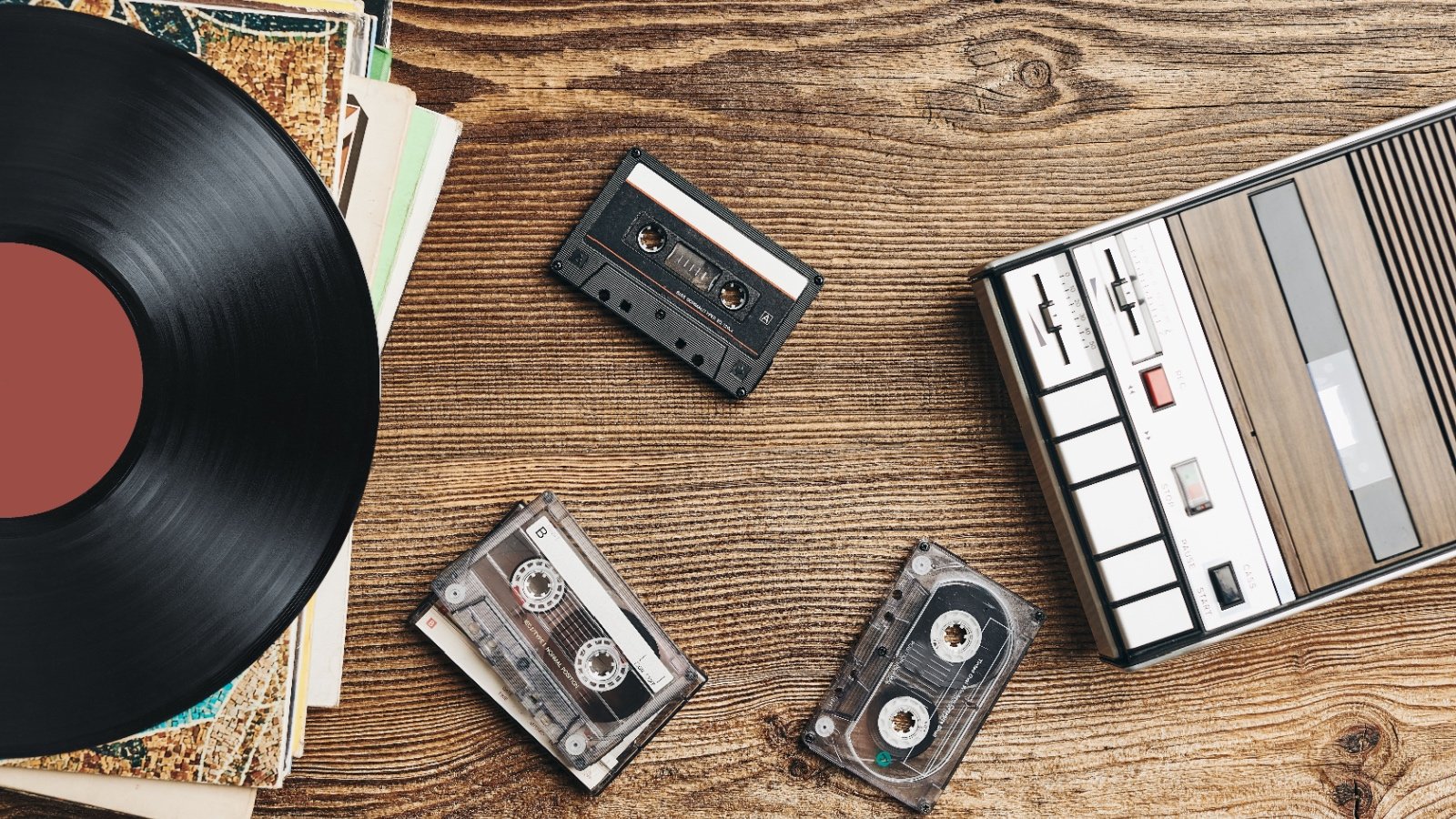
Boomers would listen intently to the radio with a cassette player ready to record their favorite song. This required timing, as you had to press record at just the right moment. It was a form of personal curation and preservation of music that felt deeply rewarding.
Encyclopedias

Before the internet, a set of encyclopedias was a household’s gateway to knowledge. These books were often sold door-to-door and became a family’s educational heirloom. Referencing these volumes for homework was a ritual that instilled a respect for bound information.
Film Photography
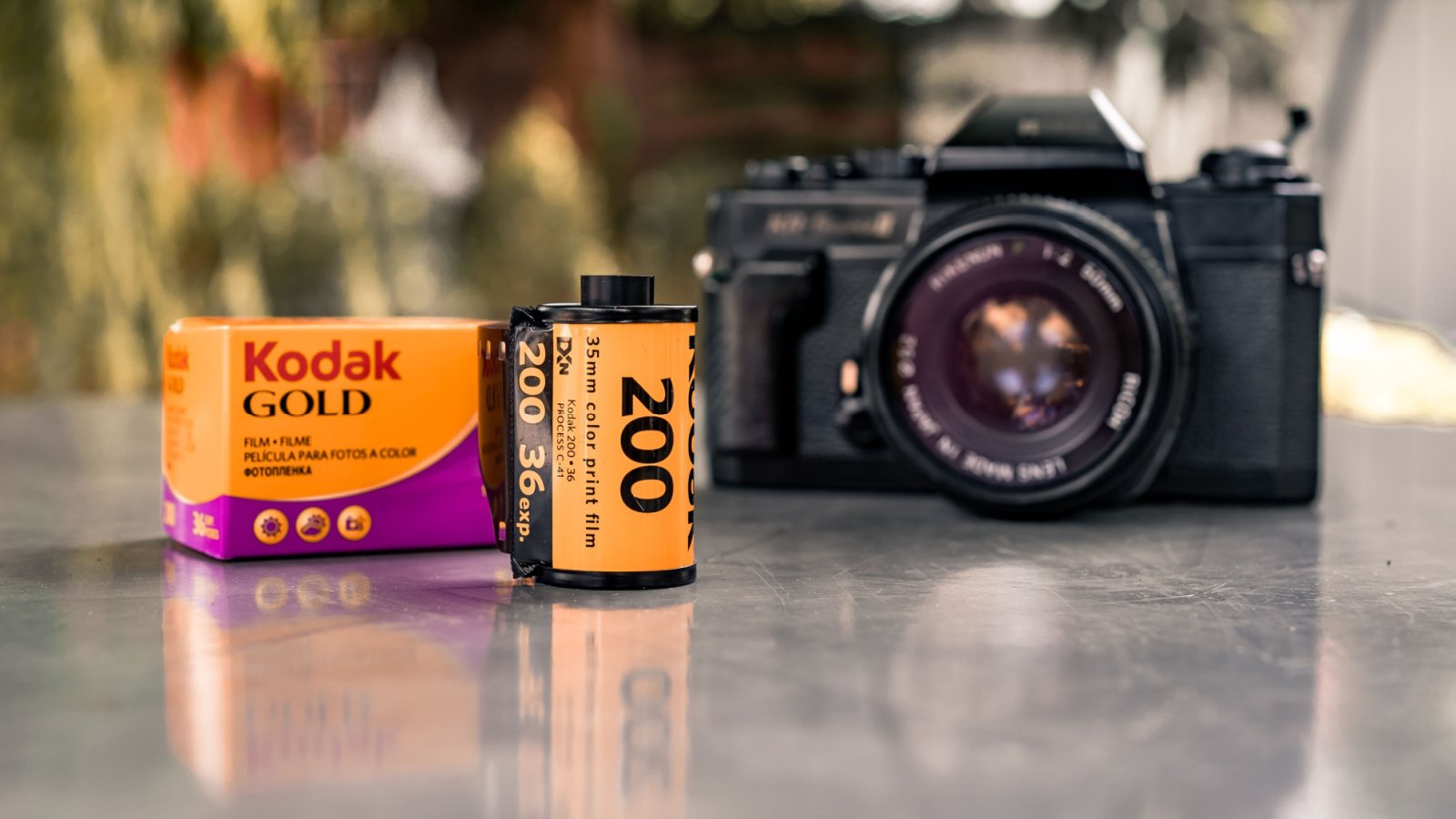
Taking a photograph was a thoughtful process involving film and developing. Each click of the camera had to count, as film rolls were limited in frames. The anticipation of waiting for photos to be developed added a magical element of surprise.
Writing Letters

Communication over long distances was predominantly done through handwritten letters. This craft required thoughtfulness and care in both words and penmanship. Letters were tangible expressions of time and effort, eagerly awaited and cherished upon receipt.
Real Play

Outdoor play was the norm, with children creating games with whatever was available. This encouraged creativity and problem-solving, as entertainment wasn’t provided but invented. The physicality of play also fostered resilience and physical fitness.
Vinyl Record
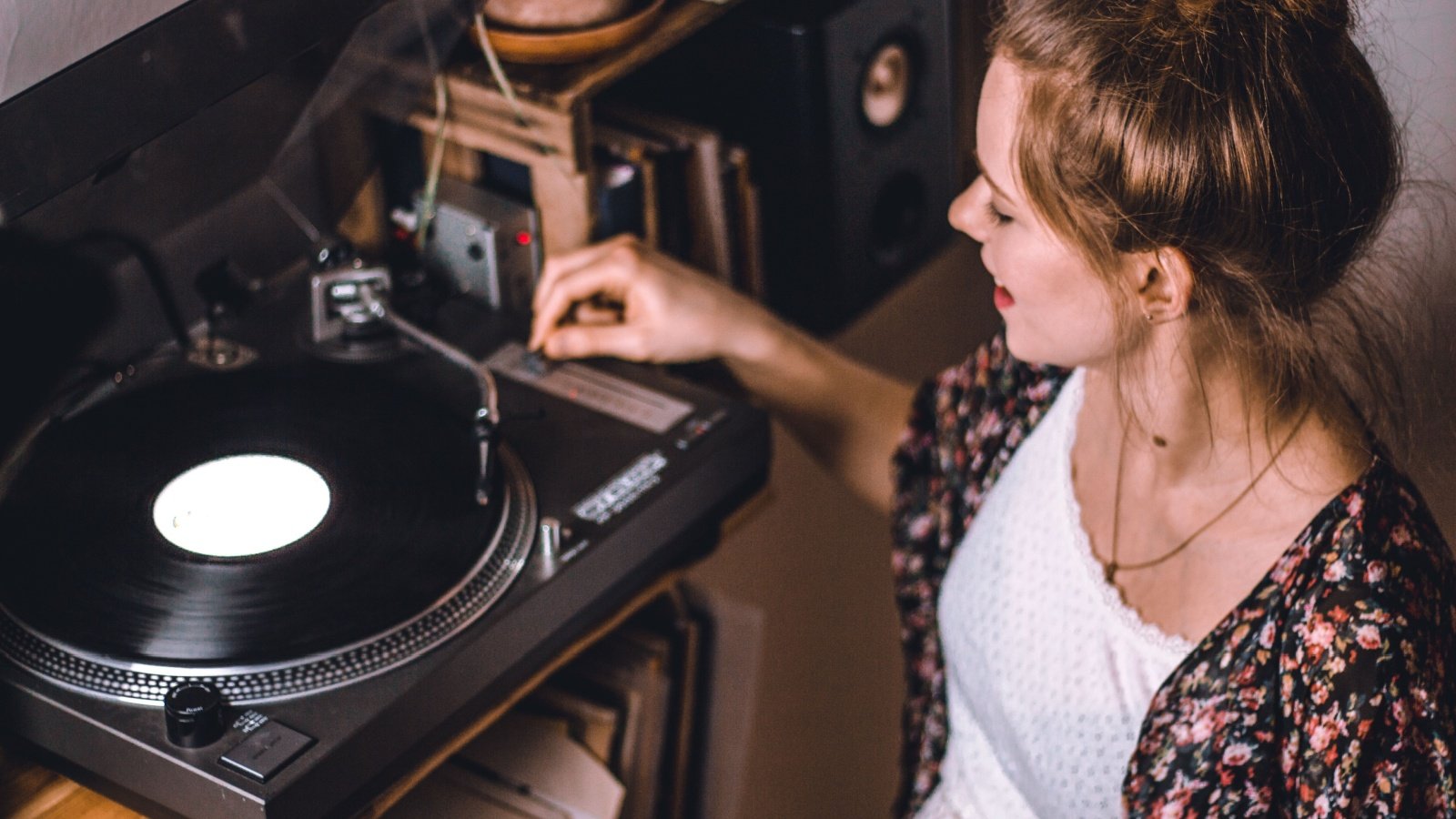
Music was collected and treasured in the form of vinyl records. Owning an album included appreciating the artwork and liner notes as part of the listening experience. This tangible interaction with music created a ritualistic appreciation that digital streaming can’t replicate.
Privacy

Boomers grew up in an era where personal lives were private. The lack of digital footprints allowed for mistakes and experiences without permanent records. This privacy gave a real sense of living in the moment.
Mechanical Watches

Telling time required winding a mechanical watch regularly. This ritual imbued a sense of responsibility and care for one’s belongings. Mechanical watches were not just timekeepers but also pieces of craftsmanship to be maintained and cherished.
Cash

Before digital payments, carrying cash was essential for all transactions. This necessitated a tangible interaction with money, fostering a more visceral understanding of spending and saving. Handling cash also required a certain level of mathematical skill and financial awareness.
Morning Newspapers

Reading the newspaper was a daily ritual that informed and connected people to their community and the world. The feel of the paper, the smell of the ink, and the act of turning pages made the news a tactile experience, often discussed over breakfast.
Rotary Phones
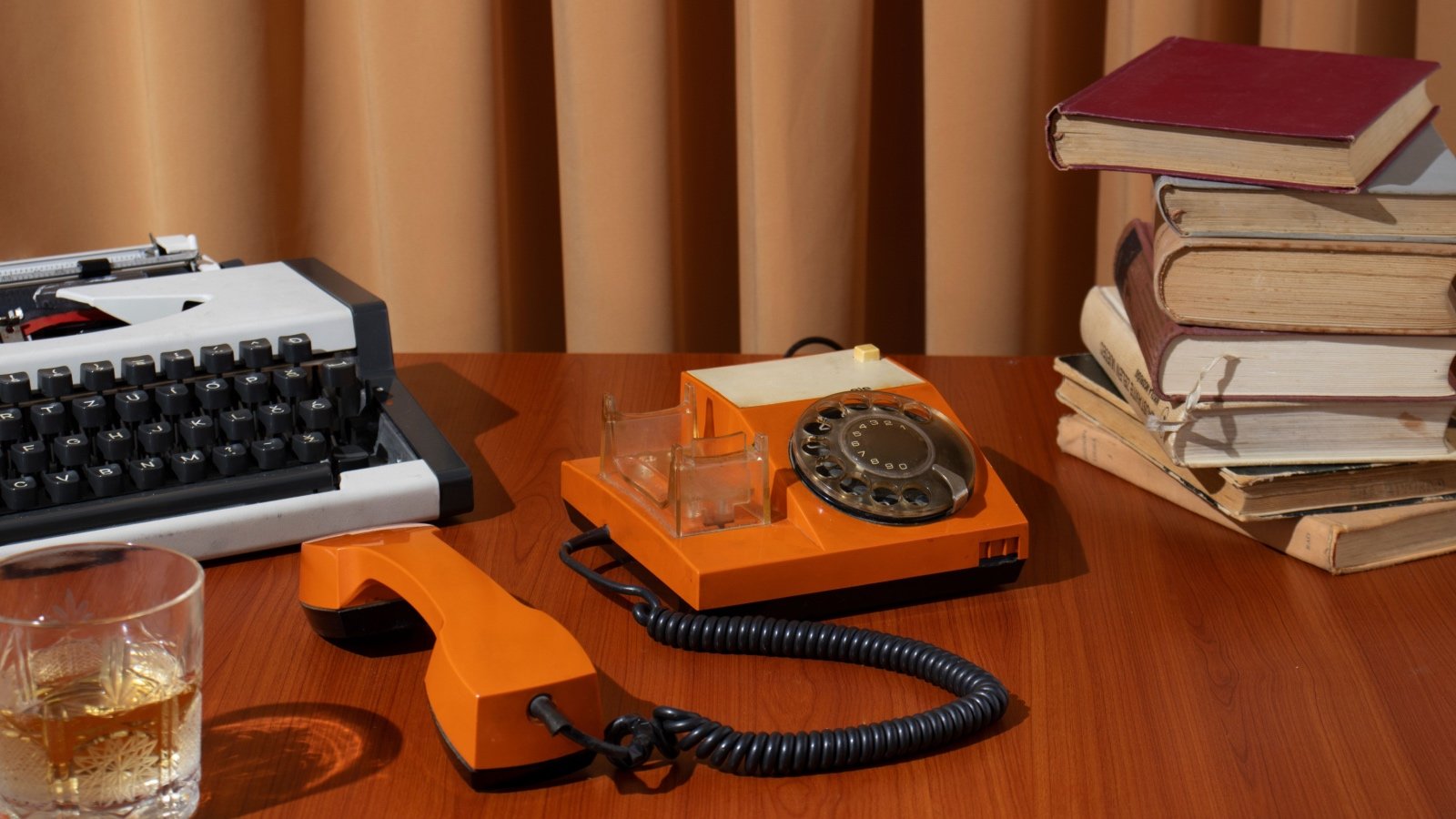
Using a rotary phone was a tactile experience that required patience, especially dialing long numbers. The distinctive sound of the dial returning was a part of everyday life. This mechanical process made each call feel significant and deliberate.
Typewriters

Typing documents on a typewriter required precision and forethought, as errors were hard to correct. The rhythmic sound of keystrokes and the immediate physical imprint of words on paper provided a satisfying sense of productivity.
Home Movies

Home movies were watched on projectors, turning family memories into cinema nights. The flicker of the film and the whir of the projector reels created a nostalgic ambiance. This form of playback made home videos special events, cherished and eagerly anticipated.
Drive-Ins

Drive-in movies offered a unique blend of privacy and community in a shared space. The experience of watching a movie from the comfort of your own car was novel and exciting. It was a popular social outing that combined entertainment with a sense of adventure.
Career Longevity

Many Boomers held a single job or stayed with one company for most of their careers. This provided a sense of security and loyalty both from and towards the employer. Long tenures were celebrated and often led to significant roles within the company.
Gas Stations

Attendants at full-service gas stations would not only fill up the tank but also check the oil and clean the windshield. This service provided a personal touch and a brief but meaningful interaction.



